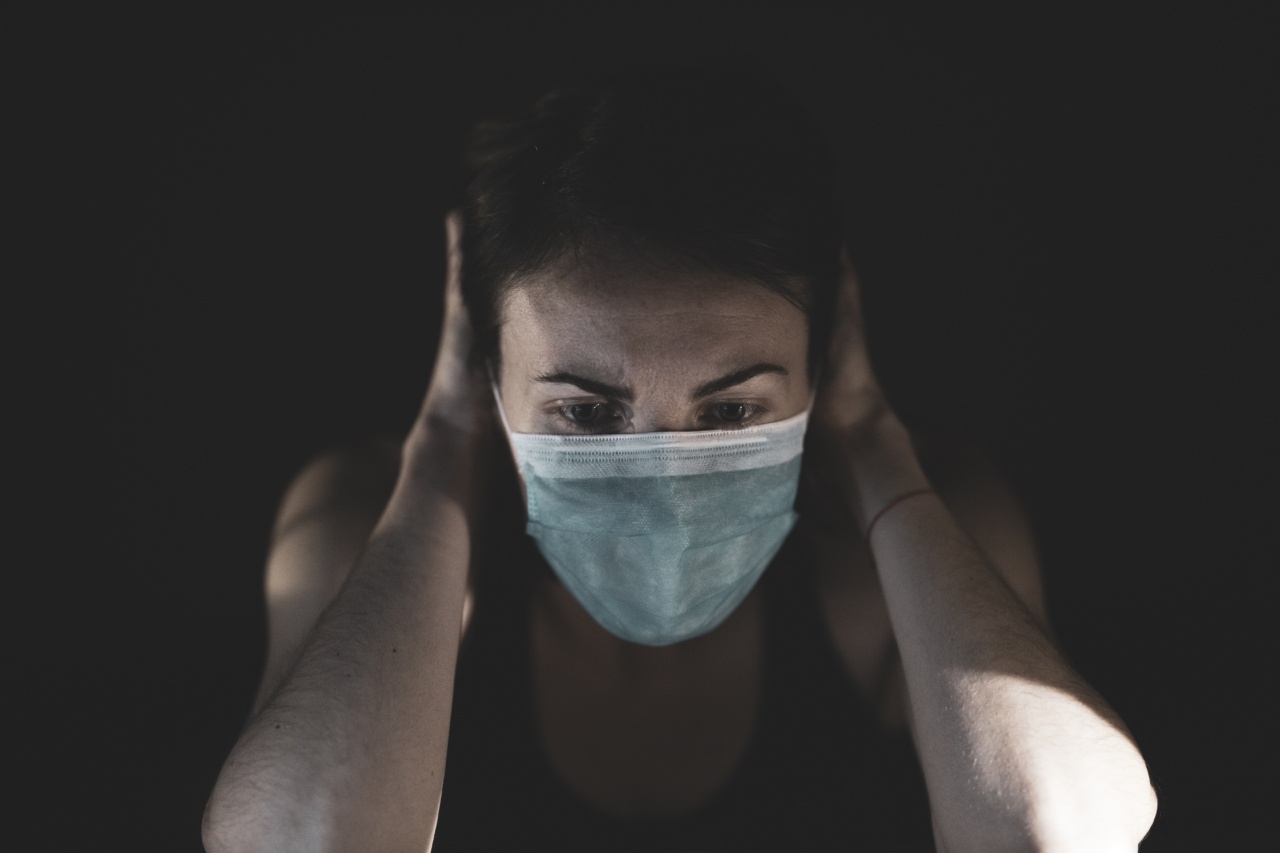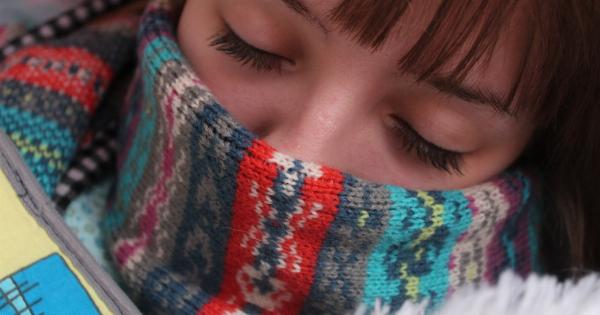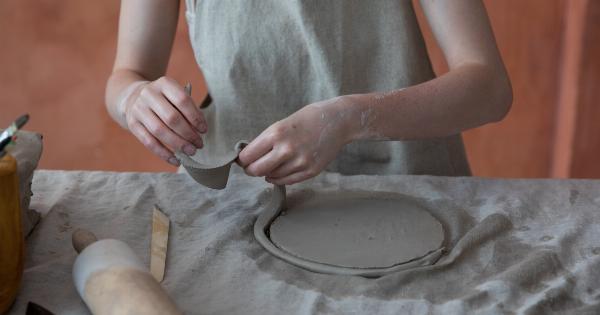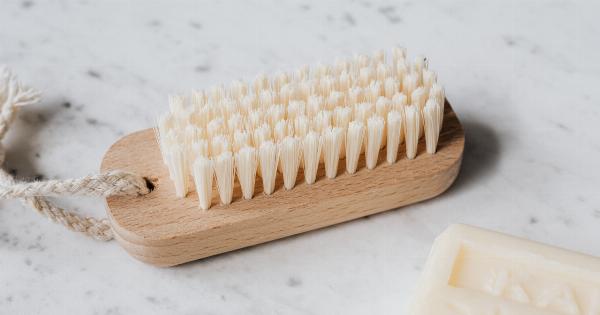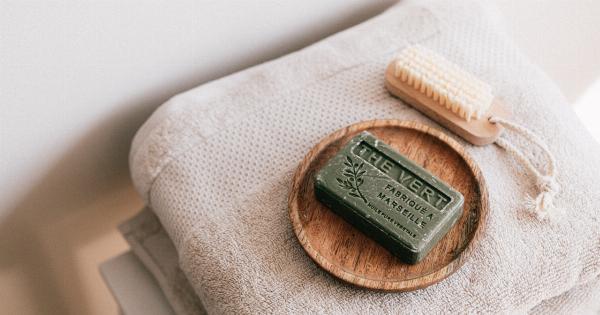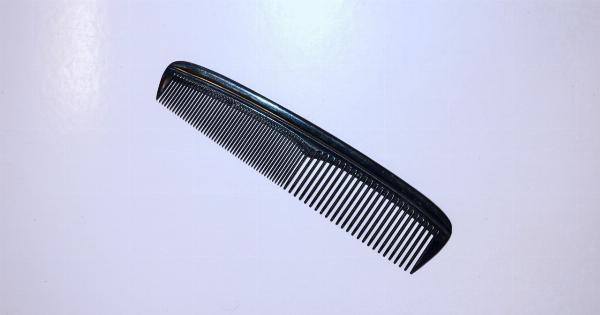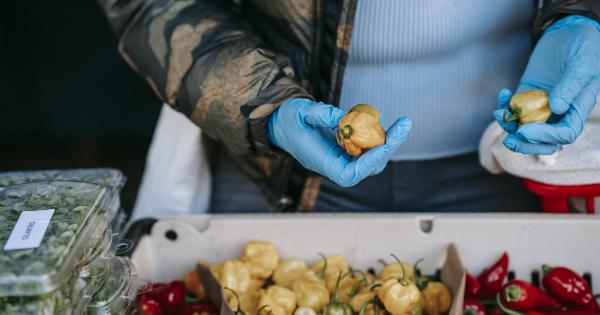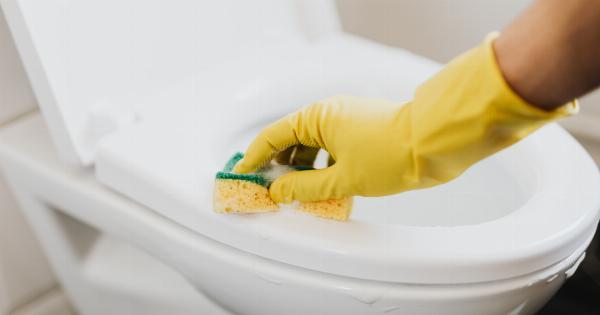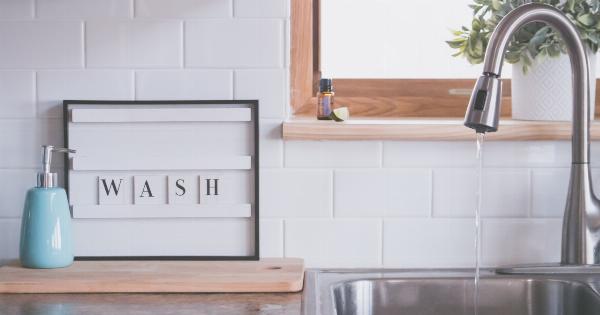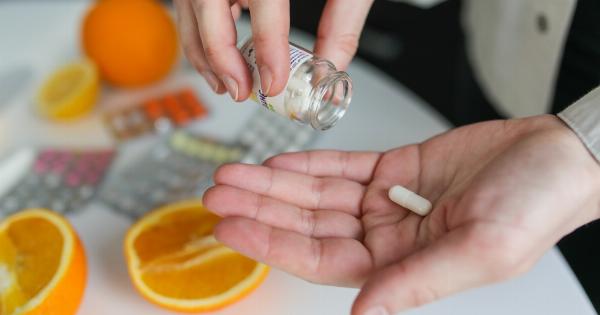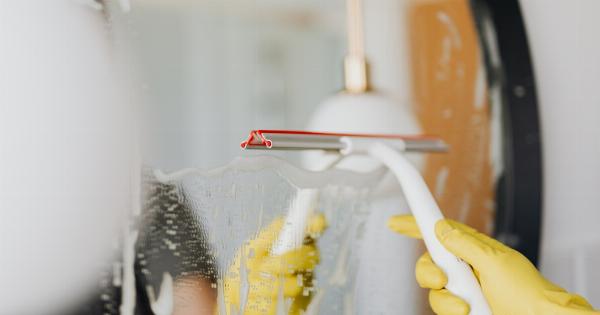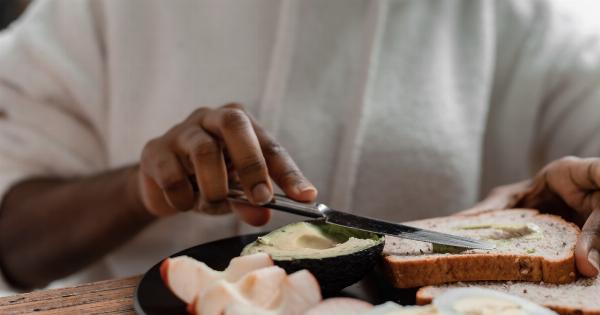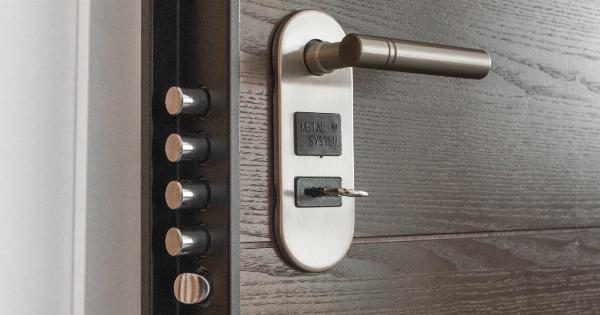Streptococcus bacteria are a group of gram-positive bacteria that can cause a wide range of infections, from mild to severe. They are commonly found in the environment, including on a variety of everyday objects and surfaces.
In this article, we will explore some of the most common items that can be contaminated with Streptococcus bacteria and discuss the risks associated with exposure to these bacteria.
1. Toothbrushes
Streptococcus bacteria can thrive in moist environments, which makes toothbrushes a prime spot for contamination.
When you brush your teeth, your toothbrush becomes covered in bacteria from your mouth, which can then grow and multiply if not properly cleaned and stored. It is recommended to replace your toothbrush every three to four months to prevent the buildup of bacteria.
2. Kitchen Sponges
Kitchen sponges are another common item that can be contaminated with Streptococcus bacteria. These sponges are frequently used to clean up food residue, which can provide a fertile breeding ground for bacteria.
It is recommended to replace your kitchen sponge every week or to sanitize it regularly to reduce the risk of contamination.
3. Cutting Boards
Cutting boards are another common item in the kitchen that can be contaminated with Streptococcus bacteria.
These bacteria can be introduced to the cutting board from raw meat, poultry, or seafood, which can cause cross-contamination if not properly cleaned and sanitized.
4. Towels
Towels are another item that can be contaminated with Streptococcus bacteria. They are frequently used to dry hands, which can transfer bacteria from the hands to the towel.
Wet towels can also provide an ideal environment for bacteria to multiply if not properly cleaned and dried.
5. Computer Keyboards
Computer keyboards are a common breeding ground for bacteria, including Streptococcus. This is because they are frequently touched and rarely cleaned, providing an ideal environment for bacteria to grow and multiply.
6. Cell Phones
Cell phones are another common item that can be contaminated with bacteria, including Streptococcus.
Studies have shown that cell phones can harbor more bacteria than a toilet seat, making it important to regularly clean and sanitize your phone to reduce the risk of infection.
7. Gym Equipment
Gym equipment is another common item that can be contaminated with bacteria, including Streptococcus. This is because people frequently come into contact with the equipment, which can transfer bacteria from person to person.
It is recommended to wipe down gym equipment before and after use with a disinfectant wipe.
8. Toys
Toys are a common item that can be contaminated with bacteria, especially in households with young children. Children frequently put toys in their mouths, which can transfer bacteria from one child to another.
It is recommended to regularly clean and sanitize toys to reduce the risk of infection.
9. Water Bottles
Water bottles are another common item that can be contaminated with bacteria, including Streptococcus. This is because they are frequently used and rarely cleaned, providing an ideal environment for bacteria to grow and multiply.
It is recommended to clean water bottles daily with soap and water or to run them through the dishwasher.
10. Public Restrooms
Public restrooms are a common source of bacterial contamination, including Streptococcus.
When using a public restroom, it is important to wash your hands thoroughly with soap and water and to avoid touching surfaces as much as possible to reduce the risk of infection.
Conclusion
Streptococcus bacteria can be found on a wide range of objects and surfaces, from toothbrushes to public restrooms. By regularly cleaning and sanitizing these items, you can reduce the risk of infection and protect your health.
